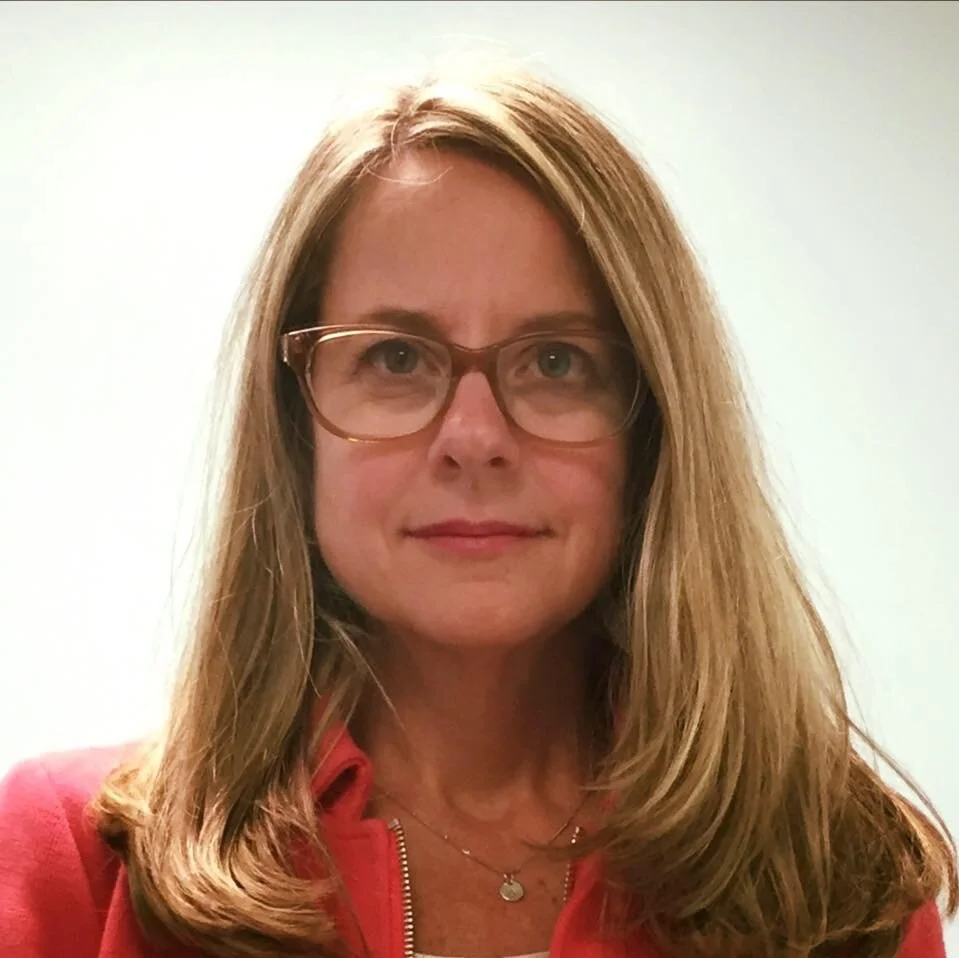You Are Not Alone
Take it from someone who knows firsthand: Anxiety and depression are master storytellers.
They whisper that you’ll be alone in your pain forever, and that there’s really no way out this time. They convince you you’re not good enough…not worthy… and just a fraud. When anxiety and depression strike, it will make no difference as to how smart you are or how much money you make. They attack regardless of your legion of friends or how much success you have achieved. Anxiety and depression leave you feeling leveled, cornered, despondent, and exhausted.
In June of 2018, news of two high profile suicides — Kate Spade’s and Anthony Bourdain’s — stopped many of us in our tracks. Even if we weren’t fans or followers, these two sudden deaths — and in such close proximity — of a “bright and bubbly” designer and a “fearless hero” of a chef, have left many wondering about the demons that take down such luminaries like this.
Why I’m Writing About This
Believe me, I’m the last one who wants to be a poster child for gloom and doom, or to come off as capitalizing on someone’s tragedy, but it’s time we stop whispering about what these issues can do — to us, to our families, and to our wider communities.
If sharing my story helps someone feel less alone, then hooray. And, as Kate Spade’s father, Frank Brosnahan, told the Kansas City Star this week, talking about these matters is something his daughter would have appreciated. “Katy would have liked that,” he said.
For the past three years, I’ve worked hard to recognize signs and symptoms of my own anxiety and depression, acquiring new skills to put those nasty storytellers in their place.
To be honest, though, I don’t really want to write about any of this.
I don’t want to focus on the “sad” stuff.
I don’t want to find myself in the grocery store checkout line next week, behind some neighbor who recognizes me as the “one who writes about depression,” then looks away awkwardly, unsure of what to say.
But it is BECAUSE I have struggled in the past, and BECAUSE these issues are so rarely written about with candor, and BECAUSE I know others struggle every day — in grocery store checkout lines and on baseball fields, in cramped apartments and opulent mansions, in boardrooms and classrooms around the world — that I feel compelled to write about these topics now.
When I’ve been at my lowest, I would have appreciated reading an honest perspective about dealing with these complicated feelings. I’d have given anything to share a piece like this with my loved ones as a way to explain some of the emotions I was dealing with — a confusing mix of sadness and overwhelm that has at times left me feeling confused, silenced and suffocated.
I really hope this piece will help someone in some way.
You Are Not Alone
While I’ve managed anxiety and some periods of depression for years, it was in 2015 that I faced some of the the lowest feelings of my life. The absolute worst part was facing these feelings as a mom, unable to let go of my sadness. I felt so guilty feeling so consumed by my emotions, and when a friend insisted I secure my own “oxygen mask” before I worried about others, the notion seemed selfish and against everything I believed. I felt so ashamed I couldn’t “snap myself out” of my low spot.
And yet, that friend’s advice was one of the best gifts I have ever received.
I’d already been seeing a therapist on a semi-regular basis, and I told her I thought I should seek something more intensive. I couldn’t believe the words were coming from my mouth. I didn’t even know what my options were.
I learned there are programs focused entirely on anxiety and depression, but which one might be right for me? I didn’t feel comfortable posting something on Facebook — the way I’d asked friends about favorite pediatricians or dentists: “Looking for favorite intensive programs for depression. Go!”
I confess that my biggest concern was the stigma of a “treatment program” something I’d previously assumed was only for:
1) people struggling with substance abuse (which I did not) or
2) celebrities who just needed a “rest” (I’m not kidding)
What Treatment Looked Like
When I found a program 30 minutes from my house that focused exclusively on anxiety and depression and actually took my health insurance, I began to breathe easier. Best of all, it wasn’t something I’d have to “check in to” or be required to leave my family for any period of time.
The program met during school hours and was held in a commercial office building, not a hospital. I could arrive after school drop-off and be home before the kids got home. There were white boards and a Keurig coffee machine and people just like me going through their own stuff.
There were widows and widowers and moms and dads.
Women who’d lost children and fathers who’d been unemployed for months.
There was a 20 something who’d suffered a traumatic car accident, and a 40-something who just couldn’t get himself out of bed.
There were also individual therapists, group therapists, family therapists, and psychiatrists, helping us all to find our way through our pain.
I know I was lucky to have found this place. I know I was fortunate to have been able to attend. I know there are many who’d give anything for an experience like this.
The length of time people spent in the program was tailored to the individual’s circumstances. While I was there, I attended “full days” (school hours) for several weeks, then “partial days” for several more. Because it was my choice to participate, it was me who determined the length of my program.
Still, when I started, I didn’t want to be there.
I felt weak. Ashamed. Embarrassed. Broken.
I took this picture in the ladies room of the treatment center. I wondered if I looked as sad as I felt.
I didn’t want anyone to know I was in “treatment”. I figured they’d think about it the same misguided way I had.
At the beginning, I’d look around, wondering how I ended up in a sunny conference room, seated in a semi-circle with 15 other sad, depressed individuals…or how my participation would actually “help” me.
My God. Wouldn’t this just make me more depressed? I seriously wondered if I’d made a huge mistake.
But quite rapidly, it became clear that I was doing the right thing.
First of all, I was afforded the time and space — and validation — to appreciate how deeply I was hurting. Because I was.
Second, I could see that I’d been holding in so many feelings for so long that I’d really never dealt with…stuff from my childhood and younger years that I’d pushed down so deep that I could no longer even feel. Yet it was all there.
Finally, I could see there was no way back to the “normal” life I desperately wanted. I had to let go of any pictures I’d painted of my future — and this meant I had to go through some grief.
I didn’t want to grieve, though.
Grief is messy and painful and unpredictable and hard.
Grief is sad and consuming and — on top of all the sadness I already felt — the very last thing I wanted to endure.
Yet, as more than one therapist reminded the group, “There’s no going around anything. You have to go through it.”
So I did.
[Click here to read “What I Learned In Treatment for Depression And Anxiety”]
If you are having thoughts of suicide, call the National Suicide Prevention Lifeline at 1–800–273–8255 (TALK) or go to SpeakingOfSuicide.com/resources for a list of additional resources. Here’s what you can do when a loved one is severely depressed.






